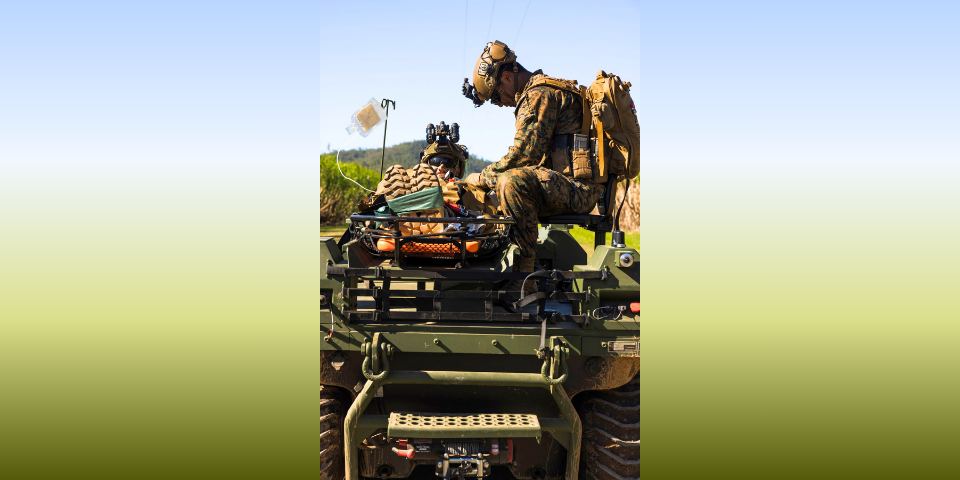The United States faces the return of large-scale combat operations against peer and near-peer competitors—an environment not seen in over 70 years. This creates multiple challenges like managing overwhelming numbers of casualties and providing medical care with limited resources. Fighting more technologically advanced and prepared adversaries also creates tactical and operational issues like medical mobilization in contested air space, thus further limiting casualty evacuation (CASEVAC) efforts. One approach for addressing these limitations relies on autonomous systems to safely remove and transport casualties to more secure areas where medical professionals can treat them. CASEVAC has been explored for several decades, but recent developments in artificial intelligence, microelectronics, and advanced materials have made it more feasible for these platforms to become reality. This webinar will provide a summary of research and outcomes from an HDIAC state-of-the-art report titled “Autonomous Platforms for Casualty Evacuation,” exploring recent trends in designing and developing autonomous systems for CASEVAC applications in various modalities. Current limitations, challenges, and barriers to its implementation will be discussed, and emerging trends, projections, and challenges will be presented.

U.S. Navy Petty Officer 3rd Class Todd Kajornkitipoom, a hospital corpsman with India Co., 3rd Battalion, 1st Marine Regiment (Reinforced), Marine Rotational Force – Darwin 23, assesses a simulated casualty during Exercise Talisman Sabre 23 at Proserpine, Queensland, Australia, July 31, 2023. Talisman Sabre is the largest bilateral military exercise between Australia and the United States, with multinational participation, advancing a free and open Indo-Pacific by strengthening relationships and interoperability among key allies and enhancing our collective capabilities to respond to a wide array of potential security concerns. Kajornkitipoom is a native of Phoenix, Arizona (U.S. Marine Corps photo by Cpl. Brayden Daniel).
Presented: January 30, 2025 12:00 pm (ET)
Presented by: Gregory Nichols, MPH, CPH
Focus Areas
Host a Webinar with HDIAC
Are you interested in delivering a webinar presentation on your DoD research and engineering efforts?
Want to find out more about this topic?
Request a FREE Technical Inquiry!

